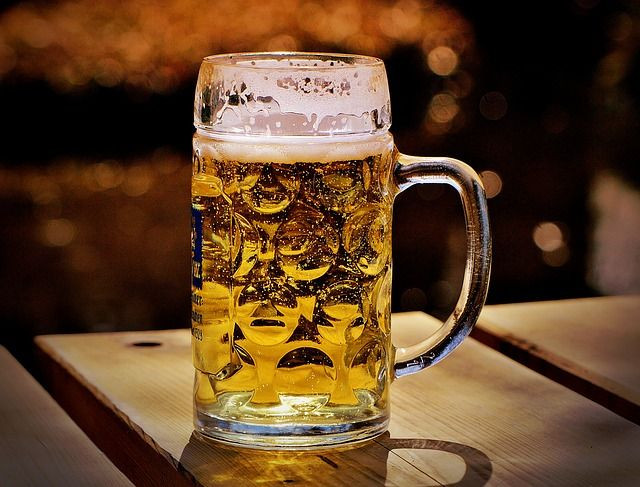Alcohol Deaths Have Doubled In The US, Government Report Says

Overlooked in the face of the heart-rending opioid epidemic is a burgeoning alcohol crisis that is killing more and more Americans each year. In 2017, 2.6 percent of 2.8 million deaths in the United States -- or close to 73,000 deaths -- involved alcohol, according to statistics from the U.S. National Center for Health Statistics (NCHS) cited in a new study about this tragic phenomenon.
The same data reveals the largest annual increases in deaths occurred among white women. Among men, rates of alcohol-related deaths are highest among non-Hispanic (NH) American Indians or Alaska Natives, and among males in the 45 to 74 year-old age group.
Nearly half of alcohol‐related deaths resulted from liver disease or overdoses on alcohol alone or with other drugs. Liver disease accounted for 22,245 deaths or 30.7 percent of the total, while overdoses on alcohol alone or with other drugs came to 17.9 percent or 12,954 deaths.
NCHS data shows that from 1999 and 2017, alcohol-related deaths jumped from nearly 36,000 a year to almost 73,000. That's some 944,880 deaths due to alcohol over less than two decades. At least 1 in 5 overdose deaths involves excessive drinking.
"We sort of forget about alcohol because it's been around for so long, but it has its fingerprints all over the increase in the deaths involved in deaths of despair," Aaron White, a neuroscientist at the U.S. National Institute on Alcohol Abuse and Alcoholism, said. "We think what these data show is what we as an institute have known for quite some time, which is that alcohol causes a considerable amount of harm in our society.
He said alcohol-fueled deaths are associated with despair -- loss of hope, loss of employment and opportunities for employment, increase in stress. Despair leads to substance abuse and alcohol abuse. White doesn't yet know why alcohol-fueled deaths are rising overall.
"I wish I had a good answer, but I just don't," noted White.
He pointed out that until the root causes of these deaths are known, the only way to help people is to increase resources for addiction treatment.
The study highlights the horrific spike in deaths of despair in the United States, said Dr. J.C. Garbutt, a professor of psychiatry at the University of North Carolina School of Medicine's Bowles Center for Alcohol Studies, who wasn't part of the study.
Garbutt said the reasons for the despair are complex, "but are likely relate to a loss of job security, financial collapse, community fragmentation and isolation and other social problems precipitated by our changing world economy and changing culture.
He said alcohol provides a temporary coping mechanism. Alcohol also temporarily reduces anxiety and tension. It sometimes elevates mood, reduces pain and leads to brief respites from one's worries.
The fact more American women are dying of alcohol abuse is particularly alarming, said the study.
"Women are at greater risk than men at comparable levels of alcohol exposure for alcohol-related cardiovascular diseases, certain cancers, alcohol-related liver disease and acute liver failure due to excessive drinking," according to the study.
This outcome might be due to the physiology of women. "Because women reach higher blood alcohol levels than men of comparable weights after consuming the same amount of alcohol, their body tissues are exposed to more alcohol and acetaldehyde, a toxic metabolite of alcohol, after each drink," noted the study.




























